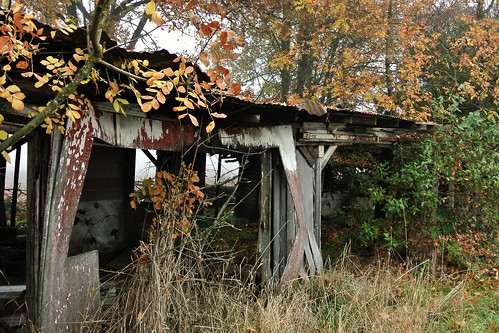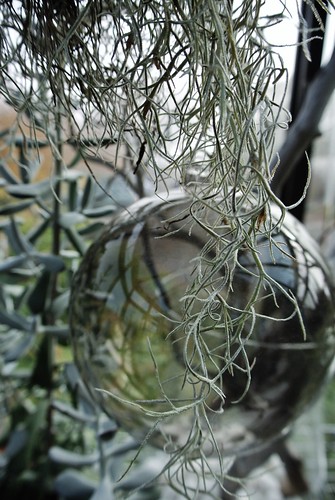In the business world, these two scenarios occur regularly:
Scenario A:
Employee: "Last quarter we increased spending on X by $1 million, and revenue increased by $2 million. Thanks to that wise decision we're ahead by $1 million! Hooray! I'm the king of the world!"
Boss: "Wait just a second, con artist, I see what you're doing there! Correlation is not causation. In order to reach a conclusion, we'd have to know what would have happened in an alternate universe where spending stayed the same. Maybe revenue increased for some other reason, and the spending increase didn't help at all. Sorry, we can't assume that the spending increase was beneficial."
Scenario B:
Employee: "Last quarter we cut expenses on X by $1 million. This is great news, right?"
Boss: "Well of course, cutting expenses goes straight to the bottom line. Thanks to that wise decision, we're ahead by $1 million. Hooray! You're the king of the world!"
Amazingly, people can convince themselves that both A and B sound reasonable, even though they contradict each other. A assumes that the relationship between spending and overall results
obviously cannot be known, whereas B assumes that reducing spending is
obviously beneficial. Most people have no problem believing in both of these ideas, as long as they do not have to assert both in the same meeting. (And of course, sometimes people actually do assert both in the same meeting, without noticing the contradiction.)
Why is this?
Both scenarios have at least one implied
counterfactual conditional. In A, it is "If we had not spent the extra $1 million, revenue would still have increased." In B -- though it is not stated, because the boss failed to make this argument -- it is "If we had not cut spending by $1 million, revenue would have increased by more than $1 million."
There are many different categories of these statements, and they do not seem equally natural. Let's explore a few (but not all) of the possible categories.
Category 1 (disappointment / whining): "If [something bad] hadn't happened, then [something good] would have happened."
- "If I hadn't gotten stuck in traffic, I would have given a better presentation and gotten a raise."
- "If I hadn't made that stupid remark, I would have been popular."
Category 2 (relief / gratitude): "If [something good] hadn't happened, then [something bad] would have happened."
- "If my commute hadn't gone so easily, I might have blown my presentation and not gotten that raise."
- "If I hadn't made those brilliant remarks, I might not have become popular."
Categories 1 and 2 sound natural. They are the type of remarks we typically hear a lot.
Category 3 (first world problems / greed): is "If [something good] hadn't happened, then [something even better] would have."
- "If I hadn't found a dollar bill lying on the sidewalk, I would have found a five dollar bill instead."
- "If I hadn't been offered a great job, I would have gotten an even better job somewhere else."
Category 4 (silver lining): "If [something bad] hadn't happened, then [something worse] would have happened."
- "If I hadn't gotten stuck in traffic, I would have driven too fast and gotten into an accident."
- "If I hadn't gotten sick and canceled my vacation, I would have caught an even worse disease overseas."
Categories 3 and 4 do not seem very natural. The statements sound a bit like jokes, and most people do not make statements like this very often.
Category 5 (sour grapes): "If [something good] had happened, then [something bad] would have happened."
- "If I had been able to afford that house with the swimming pool, I would have drowned."
- "If I had been more successful in school, I wouldn't have discovered all my non-academic talents."
Category 6 (reverse sour grapes / dreamy optimism): "If [something bad] had happened, then [something good] would have happened."
- "If I had gotten lost on the way to work, I would have met an interesting person and made friends."
- "If my car had been stolen, I would be healthier now from all the walking."
Category 5 is familiar since it is the "sour grapes" mode of thinking, but it may not be convincing. Category 6 ("reverse sour grapes") sounds strange, perhaps like a delusional wish-fulfillment fantasy.
To recap: 1 and 2 sound familiar, 5 is sour grapes, and 3, 4, and 6 sound strange.
Now let's revisit scenarios A and B. The boss's counter-argument in A uses Category 1 thinking: "If you hadn't spent an extra $1 million [something bad], revenue would have still increased [something good]." Since Category 1 seems familiar, this type of reply comes to mind easily.
But in order to make a counter-argument in scenario B, the boss would need to use Category 3 thinking: "If you hadn't cut expenses by $1 million [something good], then revenue would have increased by more than $1 million [something better]."
This is why the same person can "agree" with the boss in both A and B, even though the scenarios directly contradict each other. The boss's counter-argument in A comes to mind easily because it is in Category 1. The counter-argument the boss fails to make in B does not come to mind easily because it is in Category 3, so people do not tend to notice that it is missing.
Also, scenario A simply requires less mental effort from the boss. The boss, who dislikes expense increases, can easily imagine a world where the expense increases did not cause the actual good outcome.
But to make a counter-argument in scenario B (and thus treat it the same way as A), the boss, who likes expense reductions, would have to make two mental leaps that both involve more effort: first, imagining a world where the outcome was better than it actually was, and then imagining that the supposedly "good" action of expense reductions prevented the better outcome that did not occur. This kind of thinking is much more complicated.
That's how we wind up with a situation where people can act as if the effect of expenses on results is both completely predictable and also unknowable.


















